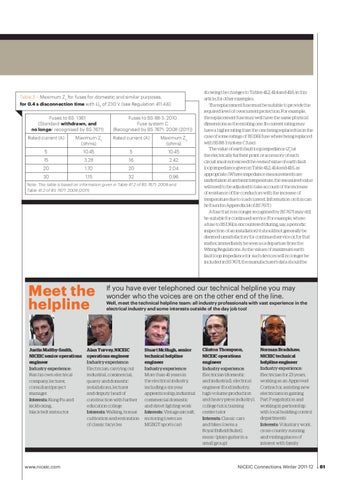Table 3 – Maximum Zs for fuses for domestic and similar purposes, for 0.4 s disconnection time with U0 of 230 V (see Regulation 411.4.6) Fuses to BS 1361 (Standard withdrawn, and no longer recognised by BS 7671)
Fuses to BS 88-3: 2010 Fuse system C (Recognised by BS 7671: 2008 (2011))
Rated current (A)
Maximum Zs (ohms)
Rated current (A)
Maximum Zs (ohms)
5
10.45
5
10.45
15
3.28
16
2.42
20
1.70
20
2.04
30
1.15
32
0.96
Note: This table is based on information given in Table 41.2 of BS 7671: 2008 and Table 41.2 of BS 7671: 2008 (2011)
Meet the helpline Justin Maltby-Smith, NICEIC senior operations engineer Industry experience: Ran his own electrical company, lecturer, consultant/project manager Interests: Kung-Fu and kickboxing, black-belt instructor
www.niceic.com
60_62_technical 5.fuses.FINALNEW.indd Sec1:61
showing the changes to Tables 41.2, 41.4 and 41.6, in this article, for other examples. The replacement fuse must be suitable to provide the required level of overcurrent protection. For example, the replacement fuse may well have the same physical dimensions as the existing one. Its current rating may have a higher rating than the one being replaced (as in the case of some ratings of BS 1361 fuse where being replaced with BS 88-3 system C fuse). The value of earth fault loop impedance (Zs) at the electrically furthest point or accessory of each circuit must not exceed the revised value of earth fault loop impedance given in Table 41.2, 41.4 and 41.6, as appropriate. (Where impedance measurements are undertaken at ambient temperature, the measured value will need to be adjusted to take account of the increase of resistance of the conductors with the increase of temperature due to load current. Information on this can be found in Appendix 14 of BS 7671.) A fuse that is no longer recognised by BS 7671 may still be suitable for continued service. For example, where a fuse to BS 1361 is encountered (during, say, a periodic inspection of an installation) it should not generally be deemed unsatisfactory for continued service or, for that matter, immediately be seen as a departure from the Wiring Regulations. As the values of maximum earth fault loop impedance for such devices will no longer be included in BS 7671, the manufacturer’s data should be
If you have ever telephoned our technical helpline you may wonder who the voices are on the other end of the line. Well, meet the technical helpline team: all industry professionals with vast experience in the electrical industry and some interests outside of the day job too!
Alan Turvey, NICEIC operations engineer Industry experience: Electrician, carrying out industrial, commercial, quarry and domestic installations, lecturer and deputy head of construction with further education college Interests: Walking, bonsai cultivation and restoration of classic bicycles
Stuart McHugh, senior technical helpline engineer Industry experience: More than 41 years in the electrical industry, including a six-year apprenticeship, industrial commercial domestic and street-lighting work Interests: Vintage aircraft, motoring (owns an MGBGT sports car)
Clinton Thompson, NICEIC operations engineer Industry experience: Electrician (domestic and industrial), electrical engineer (food industry, high-volume production and heavy press industry), college tutor, training centre tutor Interests: Classic cars and bikes (owns a Royal Enfield Bullet), music (plays guitar in a small group)
Norman Bradshaw, NICEIC technical helpline engineer Industry experience: Electrician for 23 years, working as an Approved Contractor, assisting new electricians in gaining Part P registration and working in partnership with local building control departments Interests: Voluntary work, cross-country running and visiting places of interest with family
NICEIC Connections Winter 2011-12
61
20/1/12 13:30:56
